Once the residence of the Japanese emperor for nearly 400 years, Kyoto has a rich and diverse cuisine that bears many traces of traditional culture. Besides ramen and sushi, there are at least 5 dishes in Kyoto that you must try.
Yudofu (boiled tofu)

Perhaps no dish represents Kyoto better than yudofu. It is made from nothing more than tofu, water, and kelp, and served on the stove. The tofu is eaten with a dipping sauce, usually a vinegar-based ponzu soy sauce.
Yudofu originated in Kyoto from the shojin ryori style of cuisine (traditional Japanese vegetarian cuisine that emphasizes both nutritional and spiritual balance). Yudofu is a vegetarian dish that originated from the diet of Buddhist monks. Specialty yudofu restaurants were established near Nanzenji Temple around 1635, and some remain there to this day.
Hamo (sea eel)

Hamo is a popular dish in Kyoto, especially in the summer. It is not easy to prepare because the eel has many small, thread-like bones running along the length of its body. Hamo can be boiled or grilled, deep-fried, or even used in shabu-shabu or nabe stew. Cold, boiled hamo served with a sour ume (plum sauce) sauce is especially popular in the summer.
Hamo is very nutritious, has a special delicious flavor and is slightly sweet on the tip of the tongue when enjoyed.
Tsukemono (Japanese pickles)

There are three types of pickles that are considered Kyoto's top tsukemono: shibazuke, senmaizuke, and sugizuke. Shibazuke is a sour and crunchy mixture of shredded cucumber and eggplant pickled with red shiso (perilla or beefsteak plant). The shiso dyes the ingredients a bright red.
Senmaizuke means "thousand leaf pickle". Large, round shogoin radishes are sliced into 1mm thin slices and pickled with konbu kelp.
Sugukizuke uses a different type of radish called sugukina. Production of this small-headed, long-leafed radish has been strictly controlled for over a century - limited to the area around Kamigamo Shrine.
Matcha (green tea)

As the birthplace of the tea ceremony, Kyoto is a great place to try matcha. Many teahouses on temple grounds or in tourist areas can serve visitors a frothy cup of green tea – with or without a ceremony. Matcha is the highest grade of Japanese green tea. It is made from tea leaves grown under special conditions, then subjected to a controlled drying and grinding process to enhance the color, flavor, aroma and nutritional content. All of this makes for an unforgettable matcha drinking experience in the ancient capital.
Matcha is also delicious when prepared in many different forms in Kyoto, such as soft ice cream, cakes, cookies, and crackers.
Yatsuhashi (triangular dumpling)

Yatsuhashi is the most popular sweet gift for visitors to Kyoto. It is made from rice flour, sugar and Japanese cinnamon called nikki. The mixture is steamed, flattened into a half-moon shape and baked to form crispy, slightly hard cookies that look like small brown tiles. This type of yatsuhashi has been around since 1689.
By the 1960s, a new version called nama-yatsuhashi appeared in Kyoto. This type of cake does not use baking. The soft dough is cut into squares and folded into triangles with a sweet bean paste filling. In addition to the original cinnamon flavor, there are also matcha and sesame flavors, and more recently, chocolate and banana. For those who do not like beans, you can buy just the cake shell.
Source


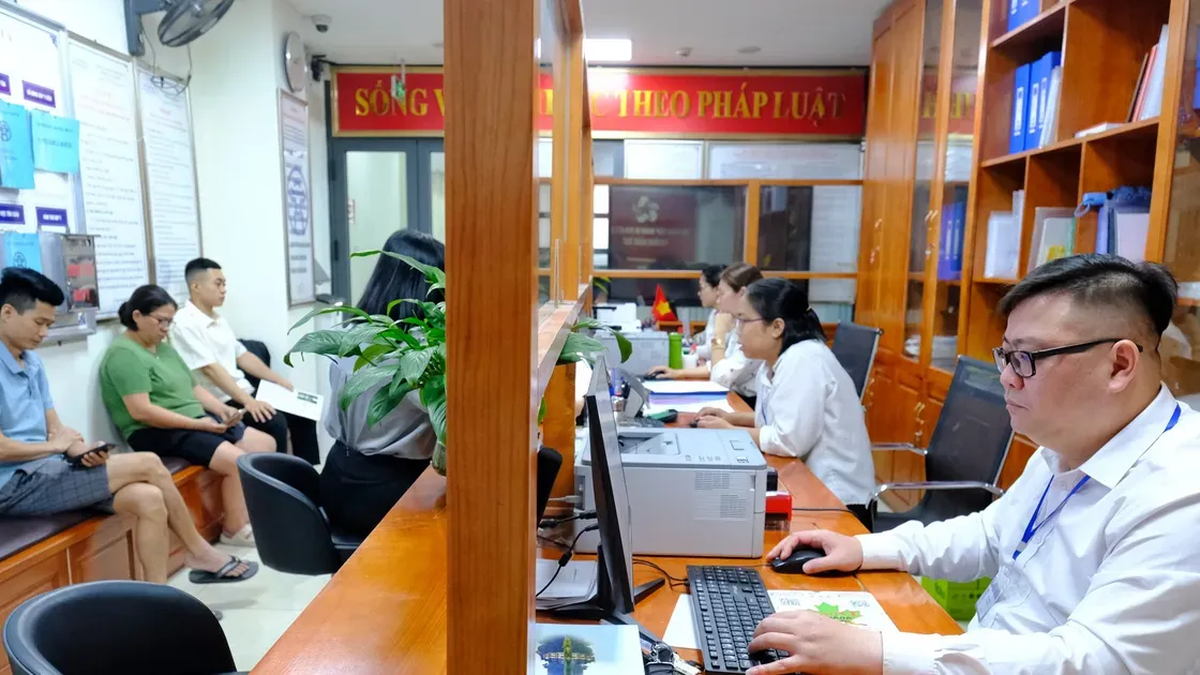


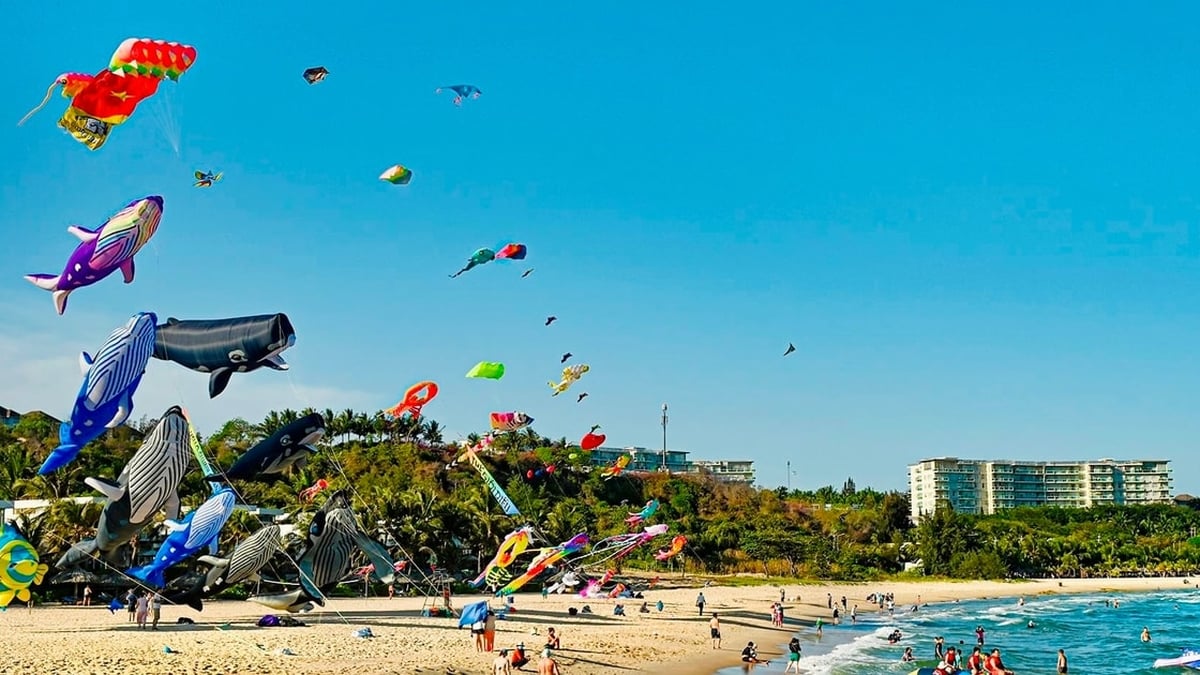




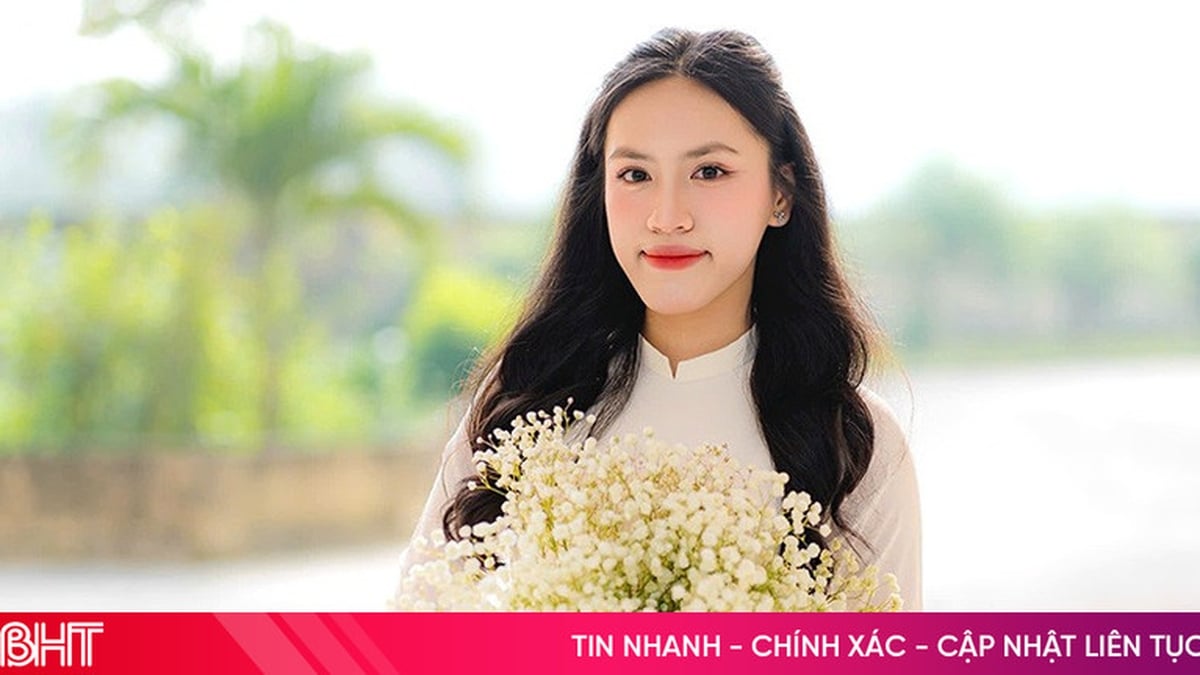
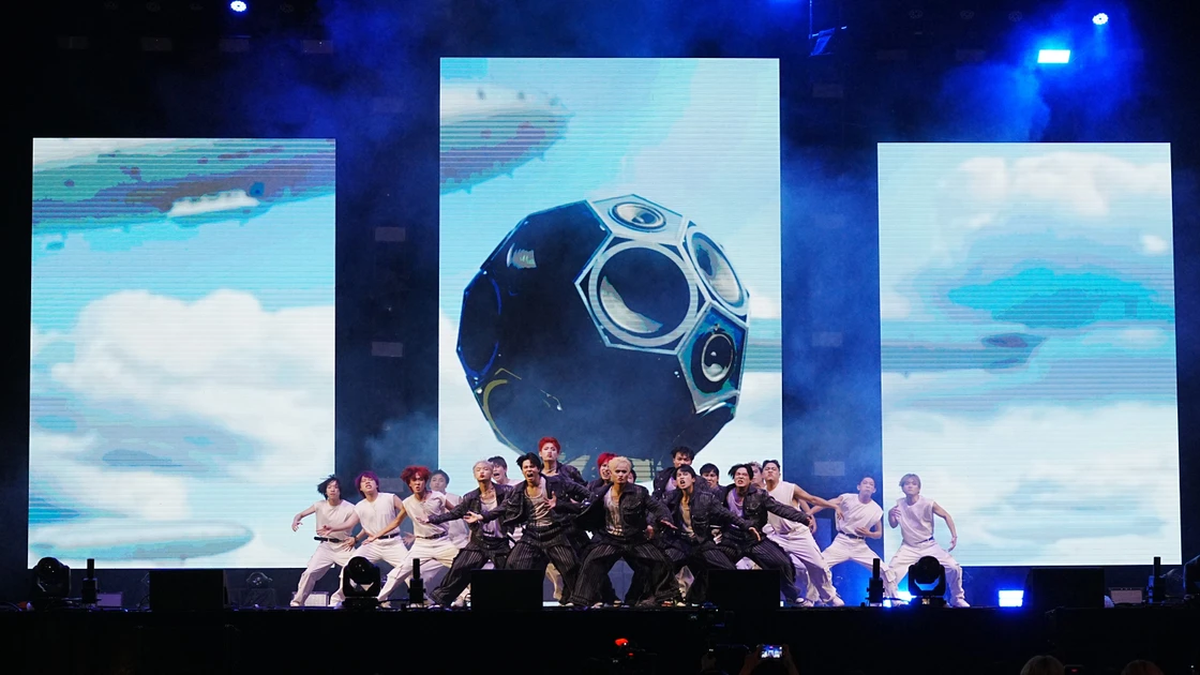













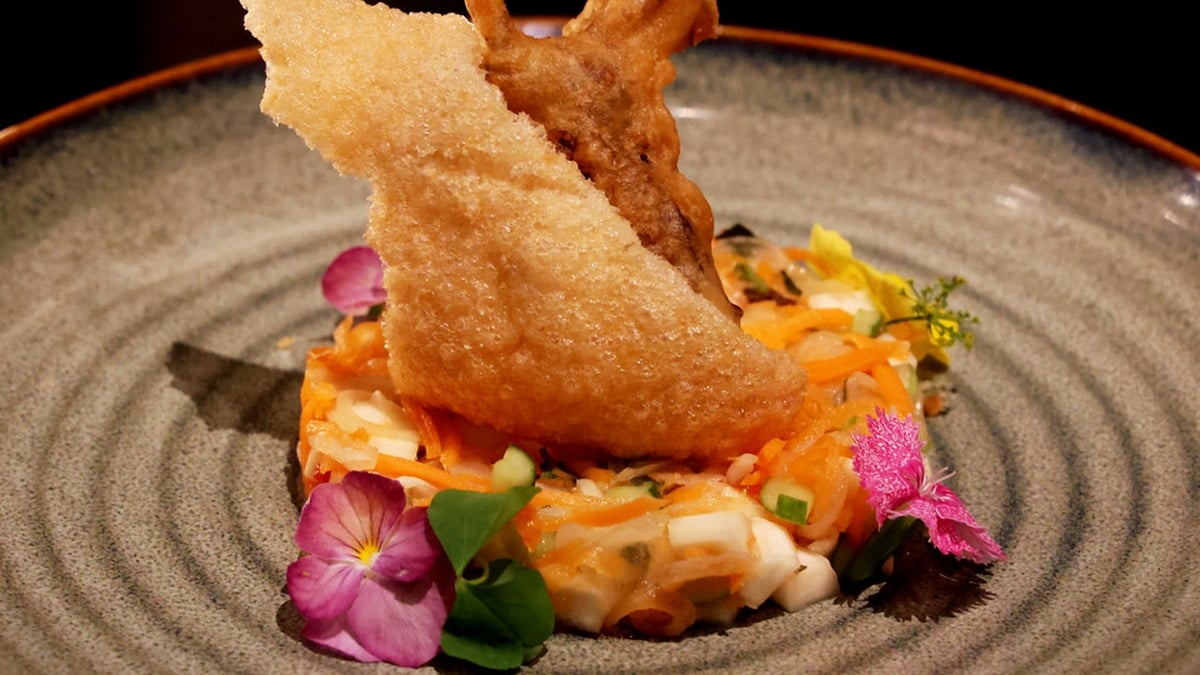




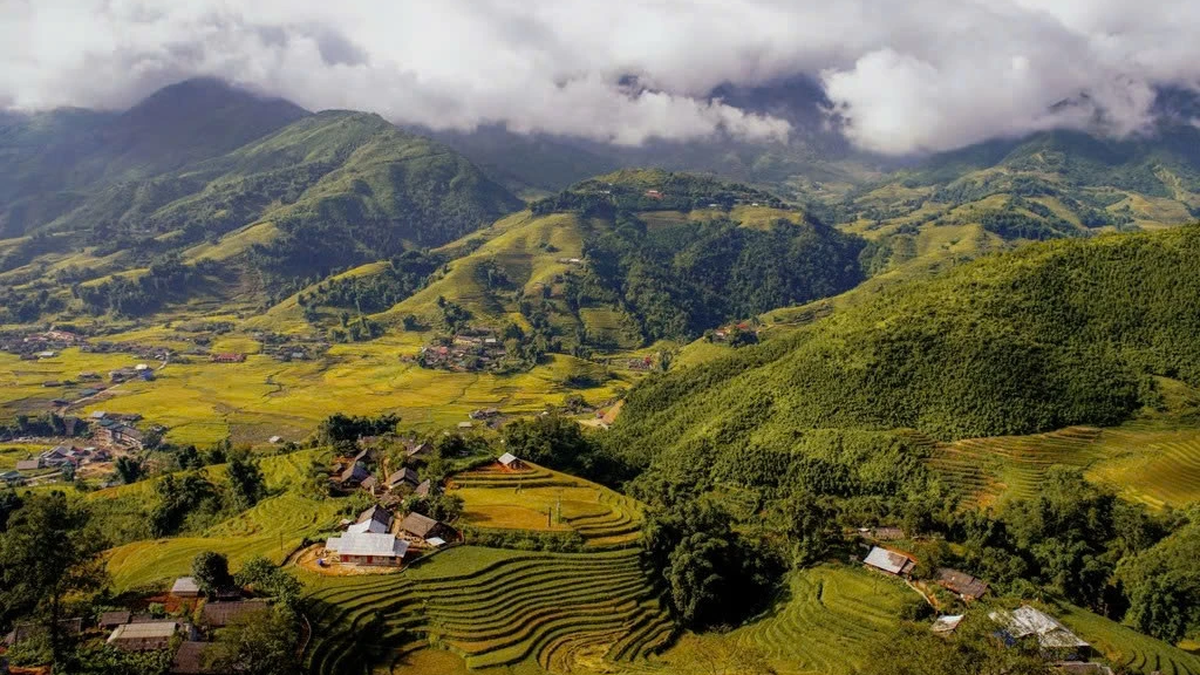

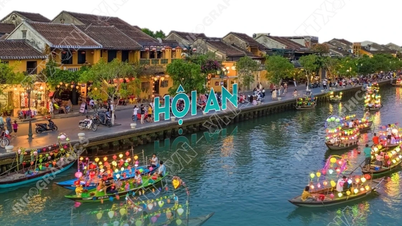

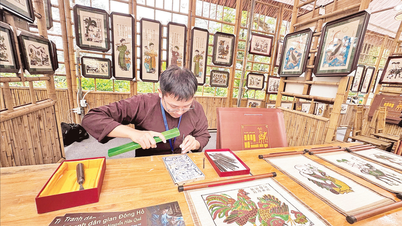


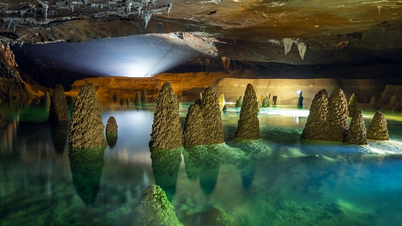

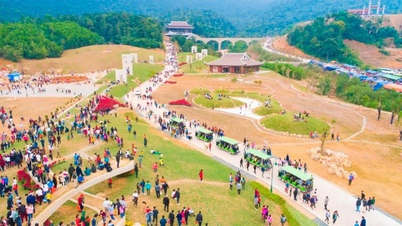
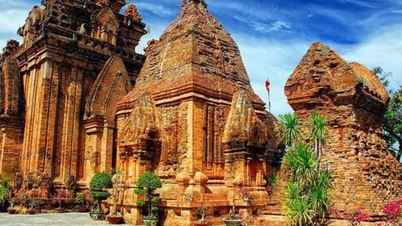
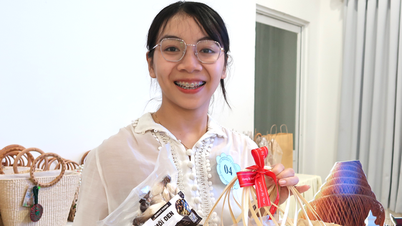



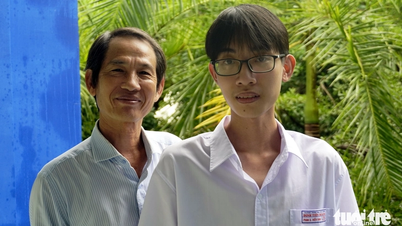

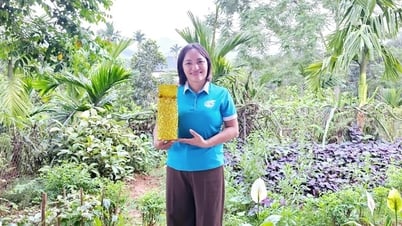



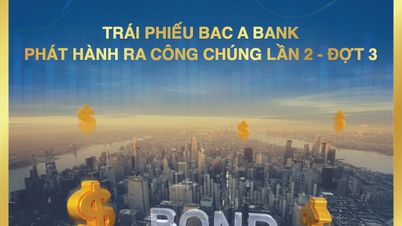

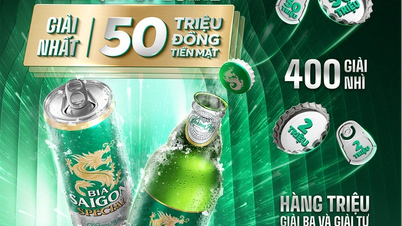














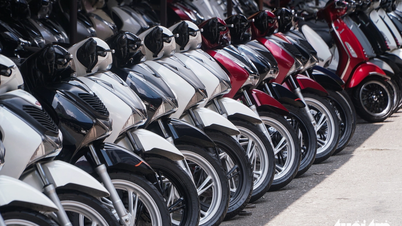





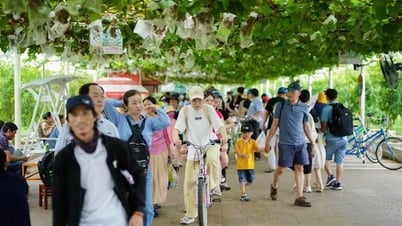









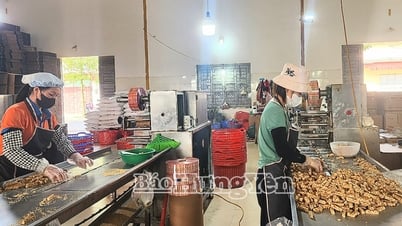

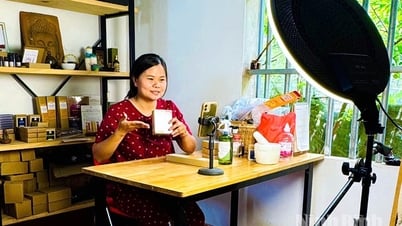

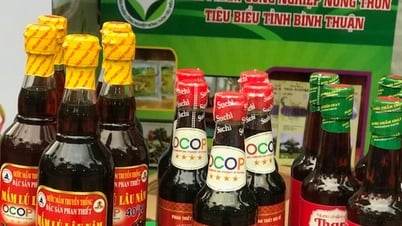

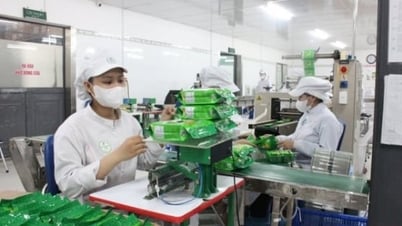





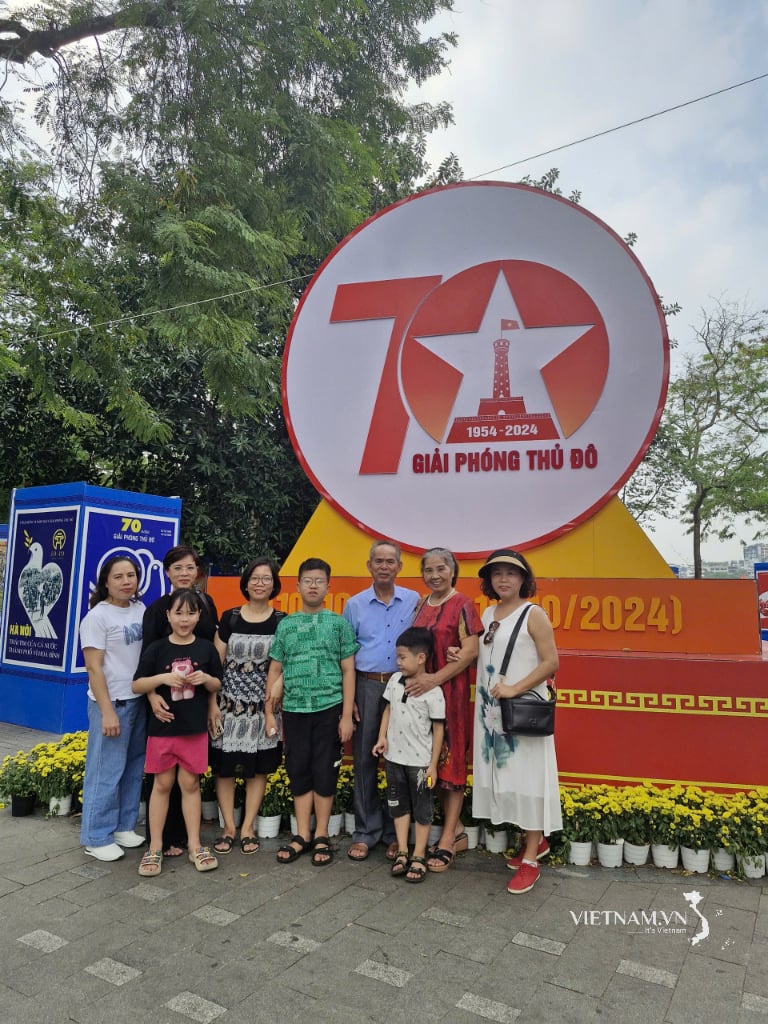

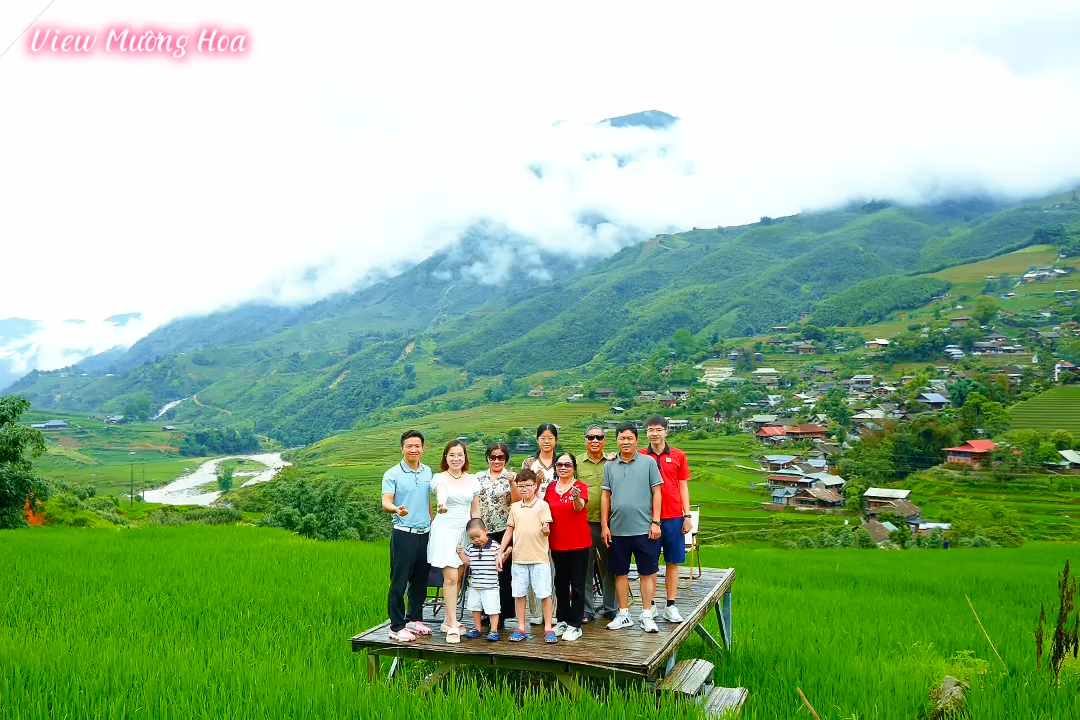

Comment (0)